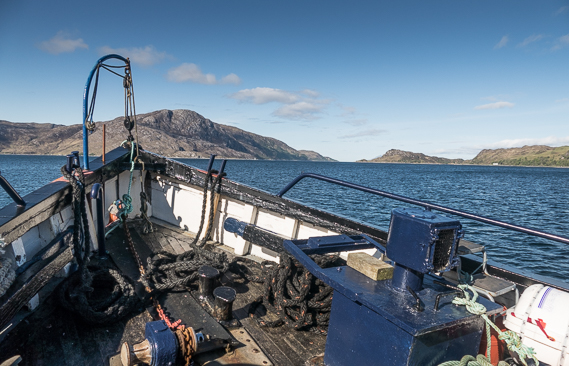
Today was our last chance for St.Kilda. If we were going to make it we would need to be at Lochmaddy tonight. The Kylebhan would need eight hours from there to reach the archipelago, an overnight stop and eight hours back. We had wanted time on the island as well, at the very least a day. The weather had cleared but the wind was still south easterly, we could get pinned in Village Bay or worse pushed onto the shore. It wasn’t going to happen.
Deflated …. Not at all
Perhaps we should have all felt deflated, it had been a dream to see the magnificent Stac Lee and Stac an Armainn; the cliffs of Conachair (the highest in Britain); the huge seabird colonies, sadly though declining rapidly; the unique St.Kilda Wren, bigger and paler with a thicker beak and legs than its mainland relative; the iconic street where the ‘Parliament’ was held daily. I could go on and on.
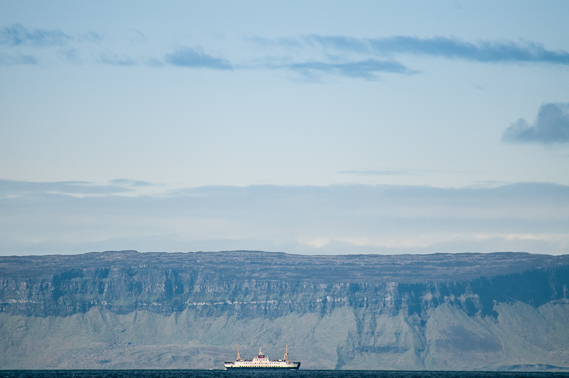
Yet we were all very content, infact, coming to the view that what we were experiencing was something we hadn’t expected and yet something we would have all loved to do; a tour of the Hebrides by boat. We had little regret and also the sure knowledge that we would still reach St.Kilda, just on another occasion. Remember the one in three who are lucky enough to make it on their first go?, we were simply backing up the statistics and having a ball at the same time.
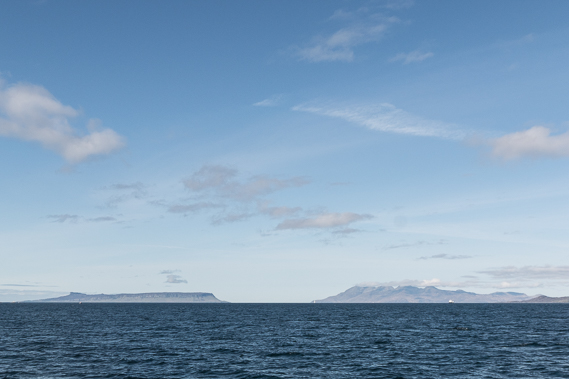
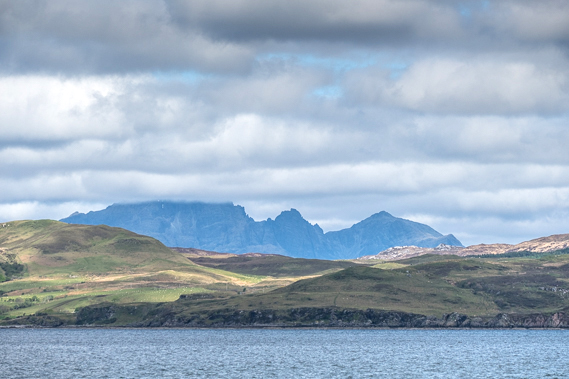
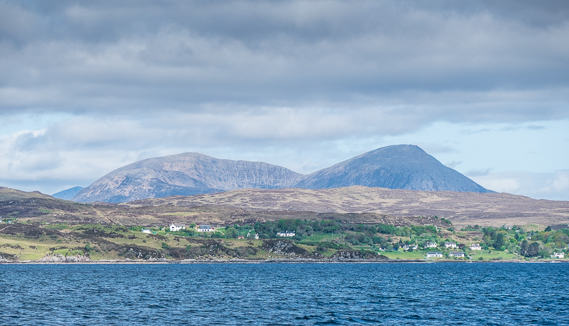
Sailing out of Inverie was very different to the previous day when we approached in heavy rain. Now the sea looked that deep shade of blue. The Small Isles began to reveal themselves as we left left Loch Nevis and headed up the twenty miles of the Sound of Sleat passing Kyle Rhea, where the Sound narrows to less than a quarter of a mile and the ferry still allows you to get to Glenelg on Skye ‘the old way’, before the coming of the Skye bridge.
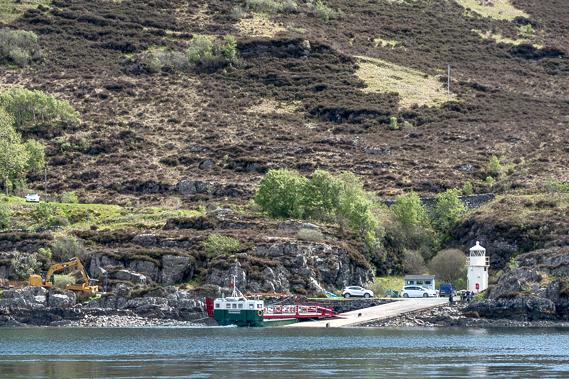
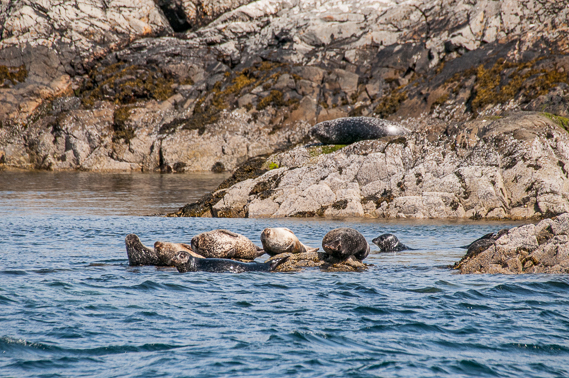
On to Raasay
We called in for provisions and water at the Kyle of Lochalsh and spent a couple of hours there before pushing on under the Skye bridge to Raasay, which would be our mooring for the night. Lochalsh held fond memories, we had holidayed on Skye as a family many years back and then crossed by the only way possible, the ferry. What had the bridge done to the sense of Skye being an island? It had certainly changed in my view and I had (perhaps rather narrow mindedly) shunned it to some extent, preferring the more remote Mull and Islay both providing one with a true sense of what the Scottish writer Jim Crumley calls ‘islandness’ No bridges here, yet!
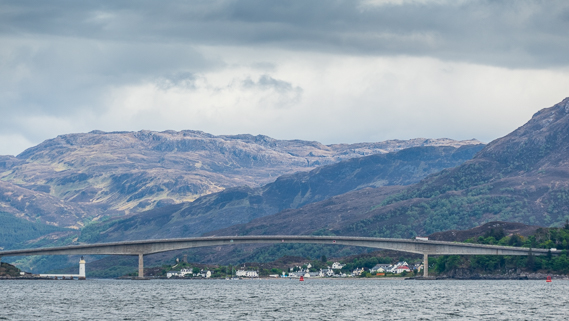
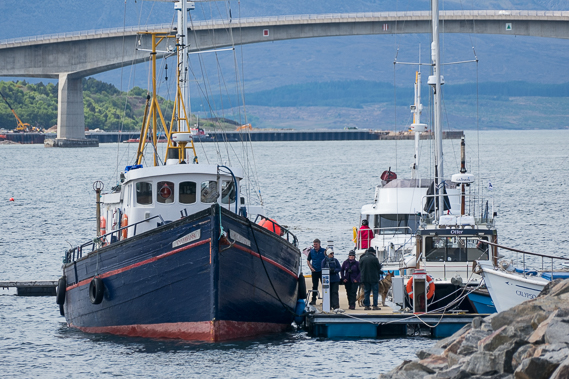
The Cost of Green Energy?
Wind farm blades had just arrived on a Dutch vessel and were being loaded on to lorries to be taken to a place that may or may not have wanted them. It gave a chance to see just how big these things are. On our travels after the Kylebhran we were ‘greeted’ by many more wind farms than on our last trip up north.
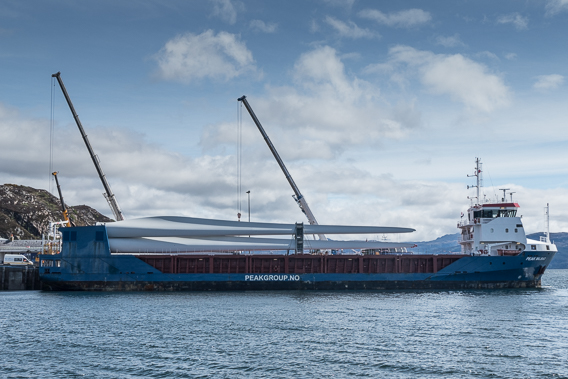
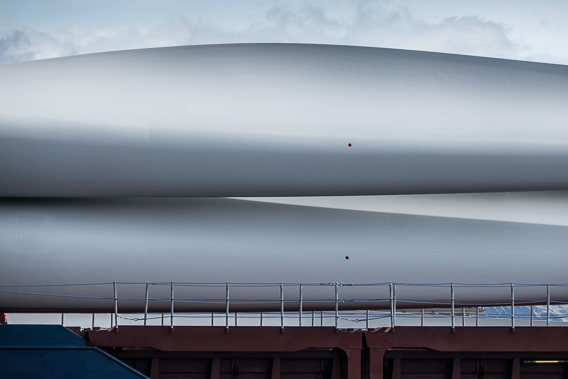
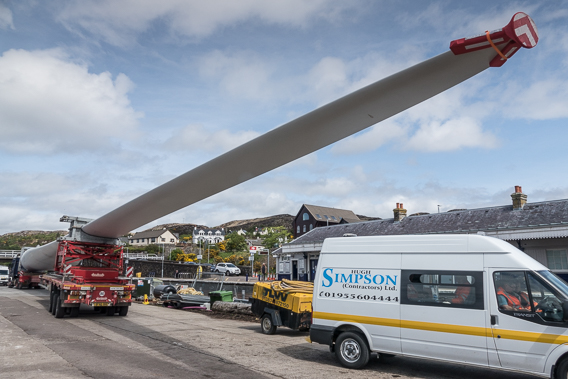
The Black Cuillins began to show on the port side again as we traveled up the sound and stayed with us for the rest of the journey until Trotternish dramatically revealed itself. The day stayed fine and we took a walk on Raasay in the evening.
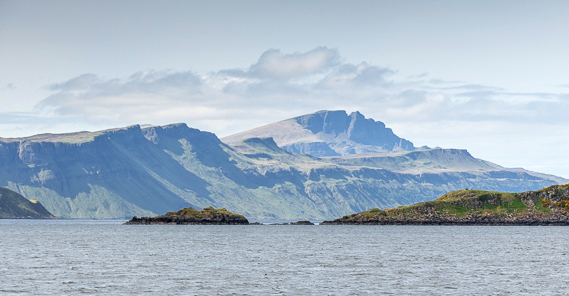
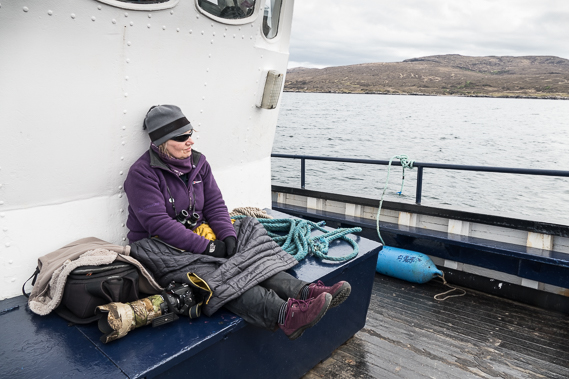
Bonxies, Guillemot and Razorbills stayed with us again and the Puffin numbers began to increase. As we passed Kyle Rhea Seals were basking and all looked ‘classically Scotland.’ However, there are plans to develop tidal energy in the Sound, using the eight knots of flow on the tidal run in the narrows. Like the wind farms there are conflicting views on their worth in the fight for cleaner energy, but we must make sure we safe guard our natural heritage and not ‘go green’ at a cost that we can ill afford.
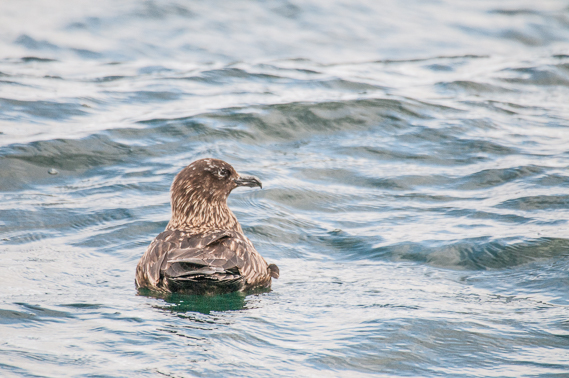
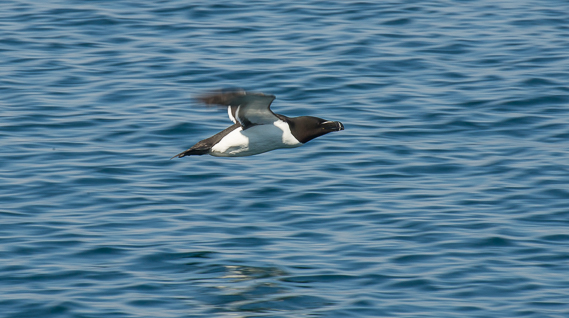
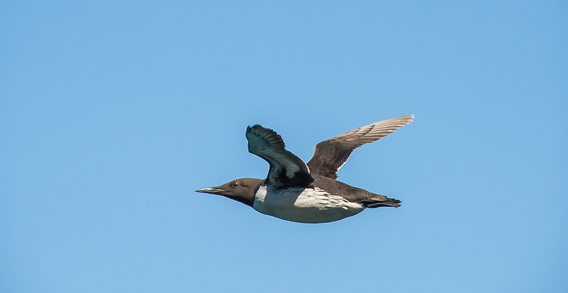
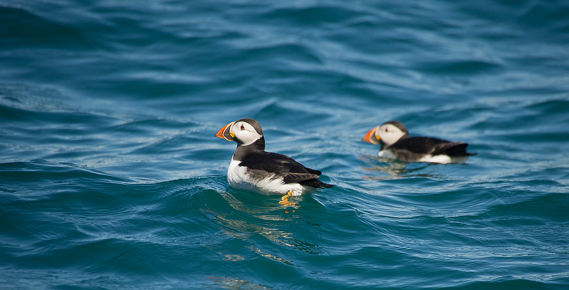
Fleeting Otter
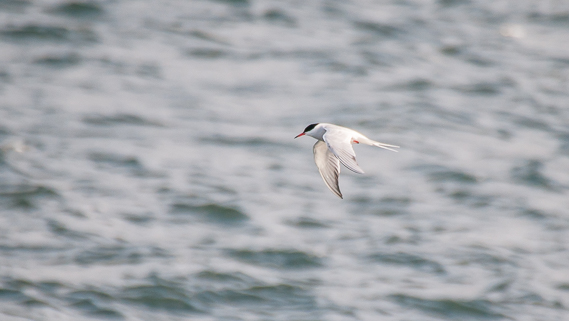
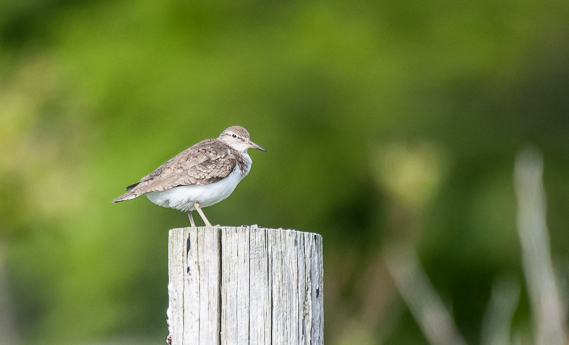
Raasay was a delight, with Common Terns off the pier and Common Sandpipers on the shore. Mike and I sought out a few flowers close to the coast whilst the others wandered further afield up on to a knoll to get some fine views over to Skye, A ferry operates in the summer months from where we were moored to Sconser and it’s less than a half hour crossing. Add Raasay to the list of islands on the ‘to do properly list’!
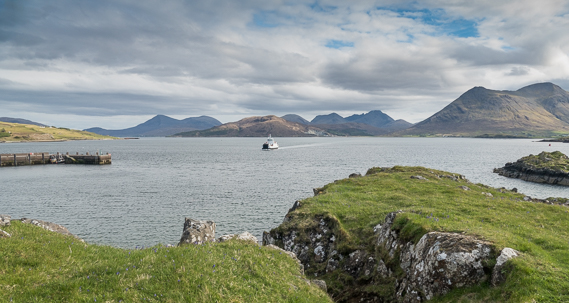
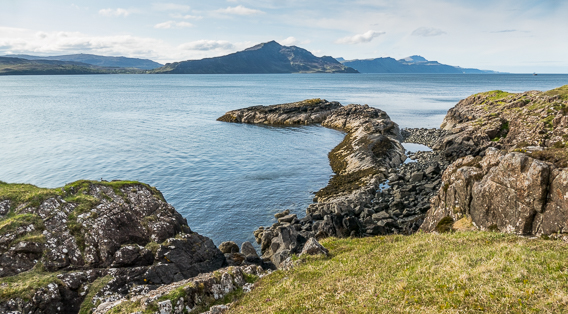
Oh and I got good views of an otter from the boat at the pier, rushed in to let the others know but as is the way so often that was that, and it must have surfaced out of sight. Dives can last anything for up to four minutes so you can be unlucky!
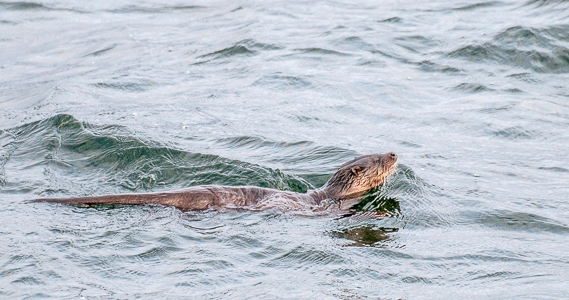

Hi Tim, thanks for the trip to St Kilda and islands, I’m stuck in Cardiff all summer and the photos are as good as a holiday, best, Andy